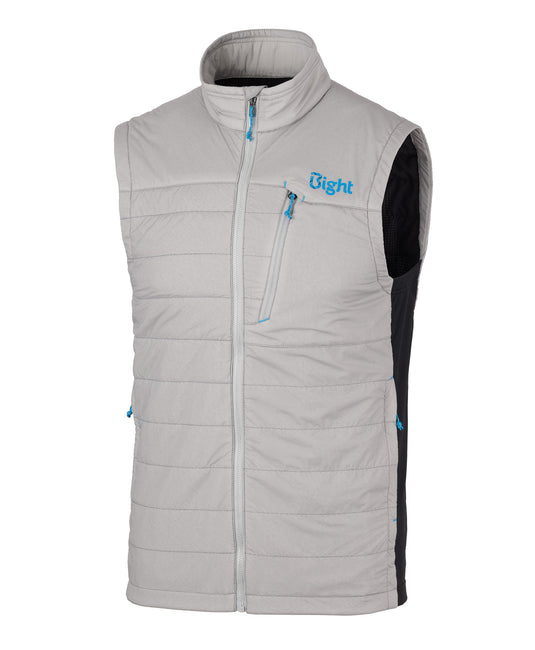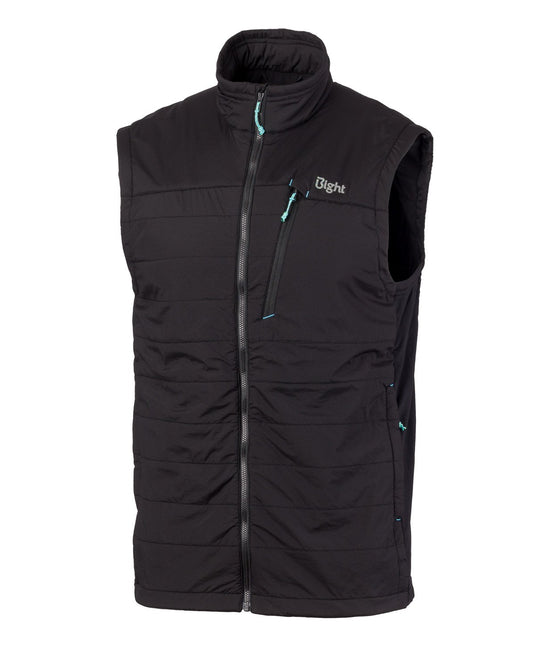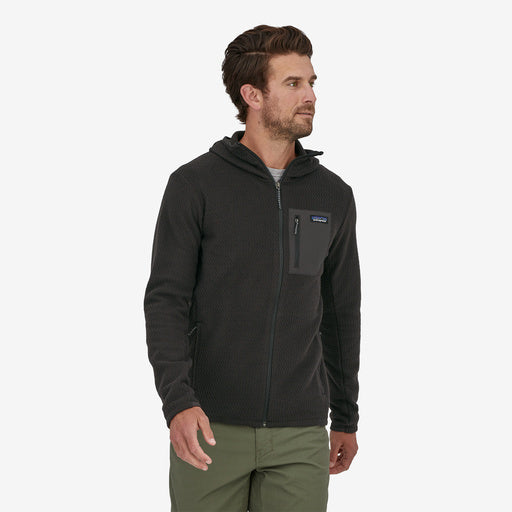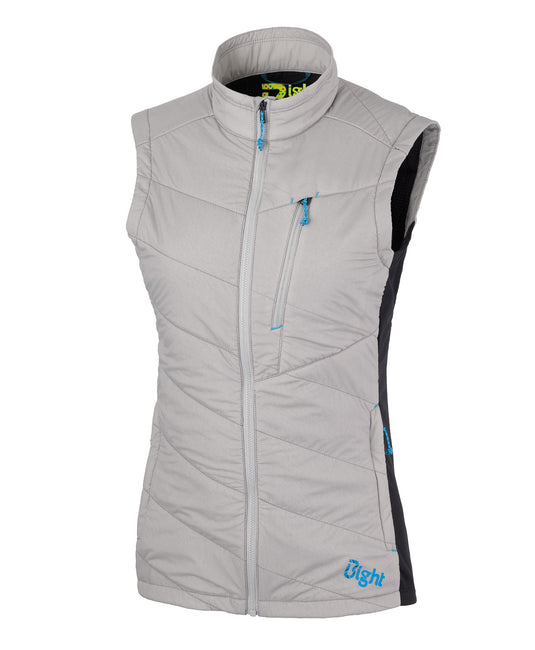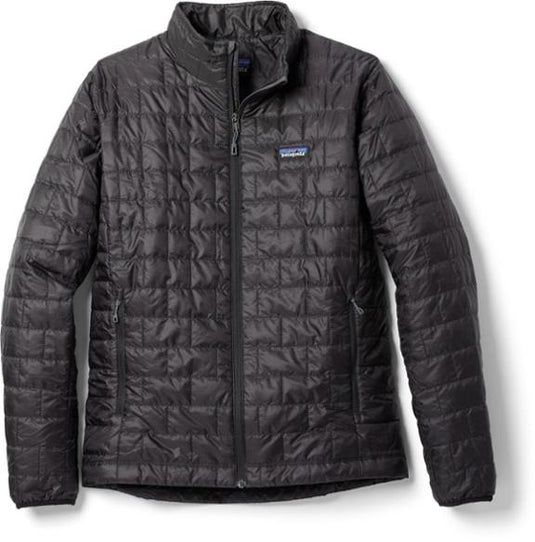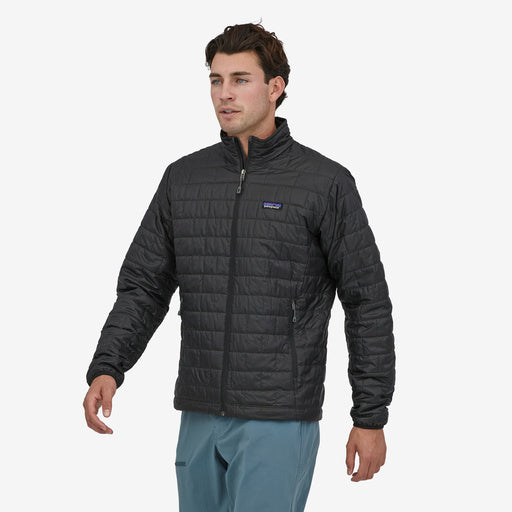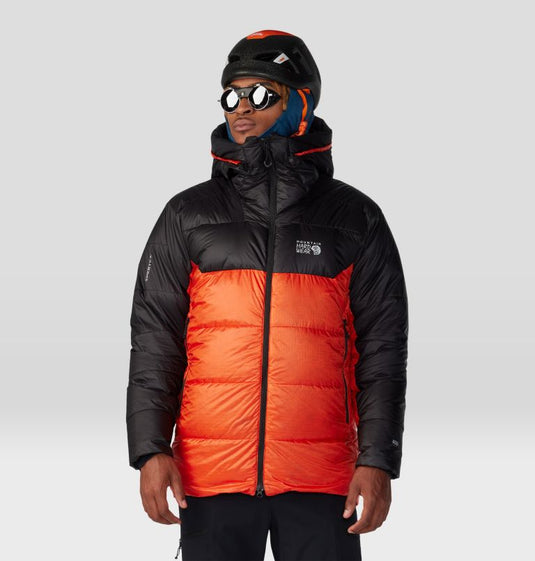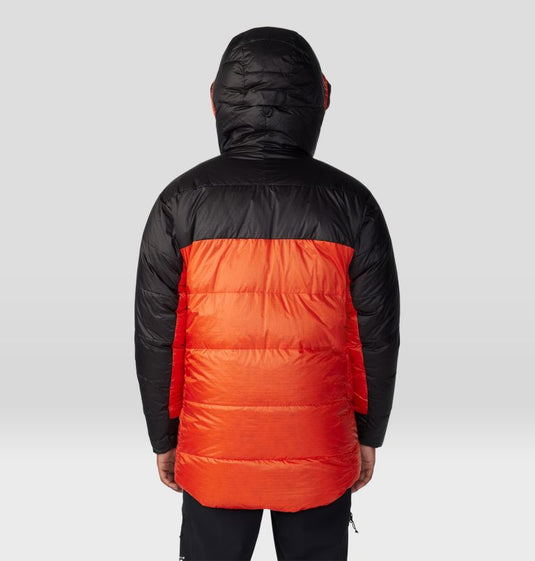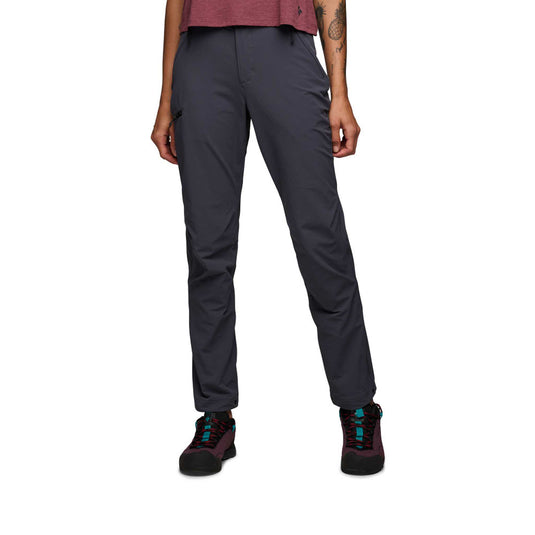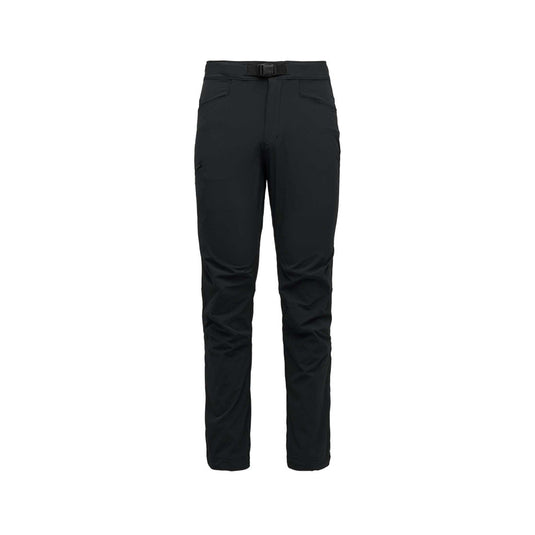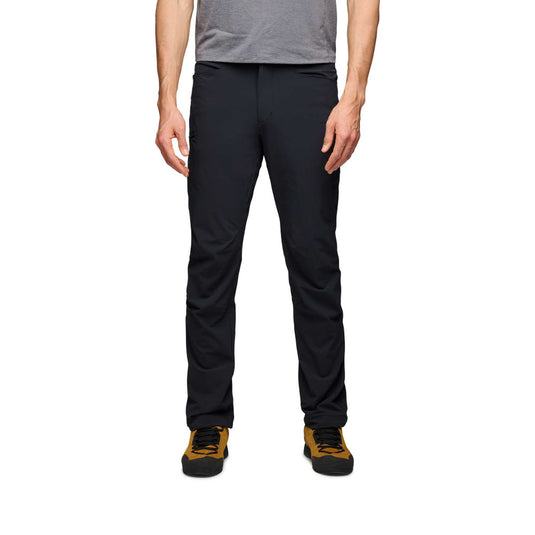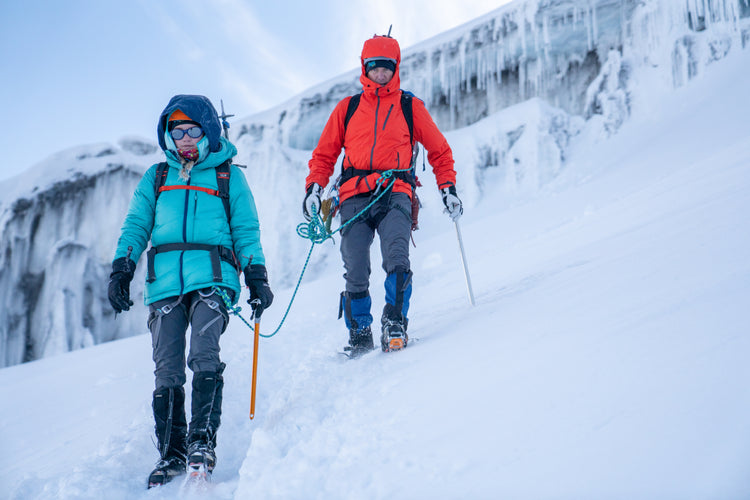
-
Apparel and Layering
- Gear Guide
Mountain climbing demands a lot from your body. One of the biggest challenges in cold environments is regulating your body temperature, which is critical for optimum performance. The best way to stabilize your temperature is through layering. Layering allows you to:
a. Manage body temperature efficiently
b. Minimize sweat
c. Insulate from the cold
d. Protect from wind, rain, snow
There's a ton of info in this post, so we've grouped it under a few sections below. Just click the tab to get the information you're interested in!
Apparel and Layering
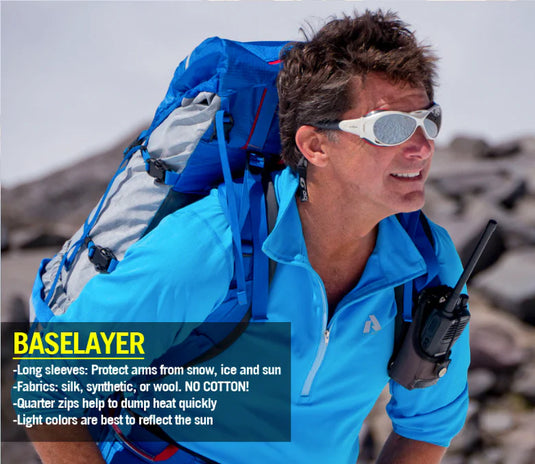
Baselayers
This is the first layer of your system. Long sleeves are mandatory on the summit climb and upper mountain to protect your skin against abrasions should you slip or need to self arrest. This should be a quick drying, fast wicking, non-cotton, and comfortable top.
We recommend a long-sleeve wool or synthetic top. Quarter zip or loose fitting sun hoody styles will allow for better temperature regulation. We recommend light colors, which best reflect the intense sun on hot days.
The Logic Behind Baselayers

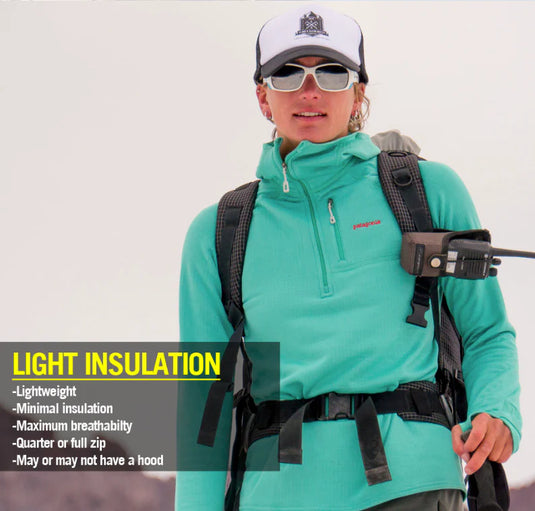
Lightweight Insulation
Also know as fleece layer, expedition base layer, and second layer. This layer adds a bit of warmth to your system, while maintaining breathability during heavy exertion.
Midweight Insulation
Also known as insulated layer, softshell layer, sweater, puffy. Warmth, wind, and water resistance are the primary functions of the medium insulation. This layer can be added over the base and light insulation layers for instant weather protection.
Medium Insulation is a heavier insulating layer that includes a broad range of materials and styles including Down, Synthetic, Fleece, or Soft Shell jackets and sweaters.
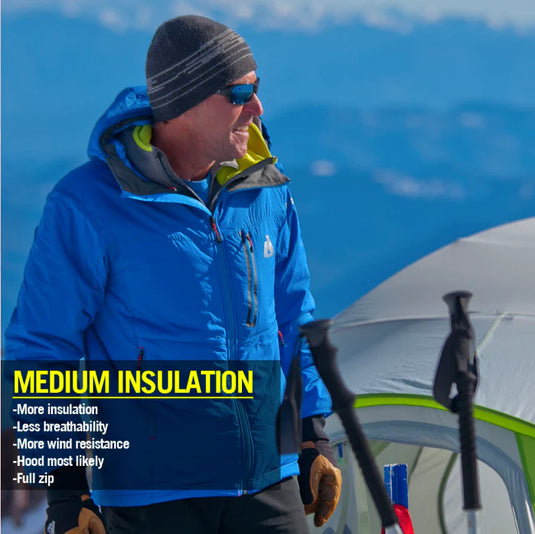
Base, Light, and Midweight Layers
5.0 / 5.0
(6) 6 Translation missing: en.genaral.accessibility.total_reviews
5.0 / 5.0
(5) 5 Translation missing: en.genaral.accessibility.total_reviews
5.0 / 5.0
(3) 3 Translation missing: en.genaral.accessibility.total_reviews
5.0 / 5.0
(3) 3 Translation missing: en.genaral.accessibility.total_reviews
4.2 / 5.0
(5) 5 Translation missing: en.genaral.accessibility.total_reviews
5.0 / 5.0
(2) 2 Translation missing: en.genaral.accessibility.total_reviews
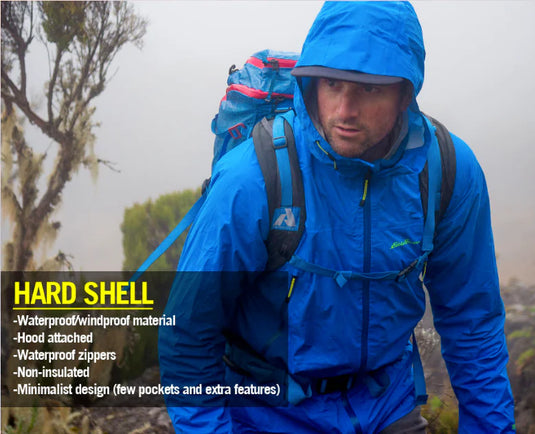
Hardshell Jackets
Also known as outer shell, rain shell, waterproof layer, shell layer, wind shell. The hard shell layer is your armor against bad weather....snow, rain, sleet and wind are all blocked by the hardshell. It is your protection against the elements.
This jacket is made of water and wind-proof material (such as Gore-Tex®, eVent®, WeatherEdge®, or Dry.QTM ) with an attached hood. Hard shell jackets don’t breath as well as other layers. This is your insurance policy against nasty weather and bad conditions.
Choosing a Hardshell

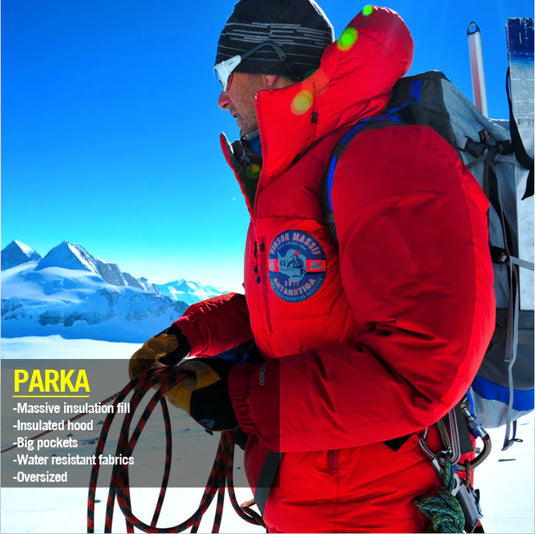
Expedition Parkas
Also known as loft layer, puffy. This is your biggest, baddest, protection from the cold. It should feel like you are wearing half of a sleeping bag. It can be synthetic or down but should have ample insulation... 600 to 800 fill down or around 200g of synthetic insulation. This is your outermost layer. At rest breaks on the mountain it helps trap your body heat. It also keeps you warm when hanging around camp.
4.75 / 5.0
(4) 4 Translation missing: en.genaral.accessibility.total_reviews
Lower Body Layering
We recommend a system of 3 layers, all of which can be used in conjunction with each other. Products which combine several layers into one garment, such as traditional ski pants, don’t work well as they don’t offer the versatility of a layering system.
Lower Body Baselayer
Depending on the weather, you'll want to go with baselayer bottoms or non-cotton underwear. A lightweight pair of baselayer bottoms provides added insulation for cold climbs when worn in conjunction with the climbing pants. Lighter is often better, as it easy to overheat, and difficult to remove baselayer bottoms mid-climb.
Climbing Pants
Soft-shell climbing pants offer a wide range of versatility. You can wear them in combination with the base layer on colder days, or alone on warmer days.
The soft shell material breathes well and allows the sweat and heat generated during the climb to dissipate, while still offering some resistance to light wind and precipitation. These climbing pants are our main workhorse layer, often worn alone to ascend the snowfield, and with a baselayer on the upper mountain for added warmth. A fleece pant serves the same function but is not as durable, breathable, or weather resistant and as a result are rarely used by guides. Depending on the model, soft shells come in varying thicknesses If you are climbing in the middle of the summer climbing season when temperatures are higher, or you tend to run warm, aim for a lighter weight version. If you are climbing in the early or late season or find yourself always being the person wearing an extra layer, use a pair made from a thicker material.
Hardshell Pants
A waterproof pant with 3/4 side zippers (sometimes called 7/8 or full side zips) are required for facilitating quick clothing adjustments over boots and crampons.
Here are a few of our favorite Hardshell Pants.
5.0 / 5.0
(2) 2 Translation missing: en.genaral.accessibility.total_reviews
5.0 / 5.0
(1) 1 Translation missing: en.genaral.accessibility.total_reviews
Want to learn more?
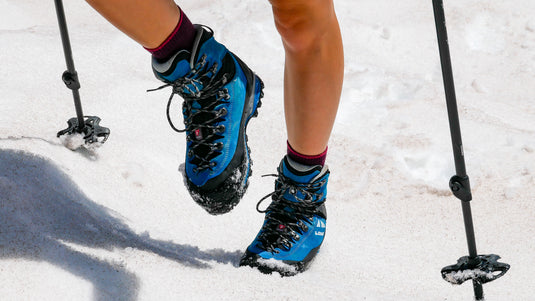
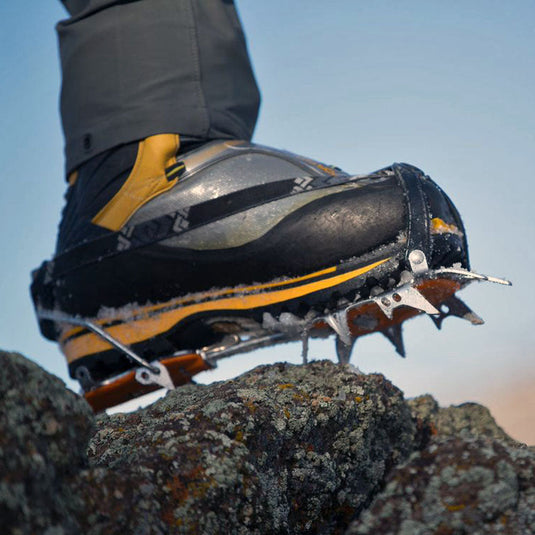
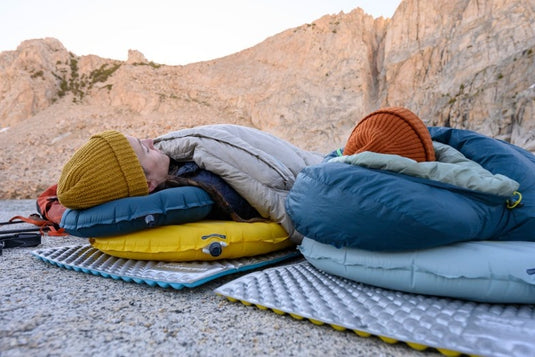
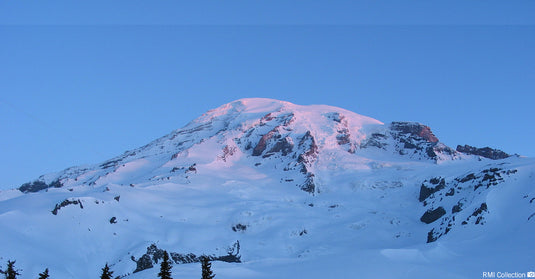
Still have questions?
Feel free to shoot us a message at info@whittakermountaineering.com, give us a call, or visit our store!
We clean up after ourselves.
Ecommerce deliveries have a carbon footprint. That's why we support verified projects that remove carbon from the air.



Every delivery’s carbon footprint is calculated based on weight, shipping method, and distance traveled. We neutralize these emissions by purchasing verified carbon removal credits from groundbreaking projects.



With your purchase, you’ll join a community of proactive merchants and customers dedicated to a sustainable future. Together, we've removed emissions for over 63 million deliveries and removed over 45 thousand tonnes of carbon.

We work with a network of pioneering carbon removal companies that have been vetted by the commerce platform Shopify.








